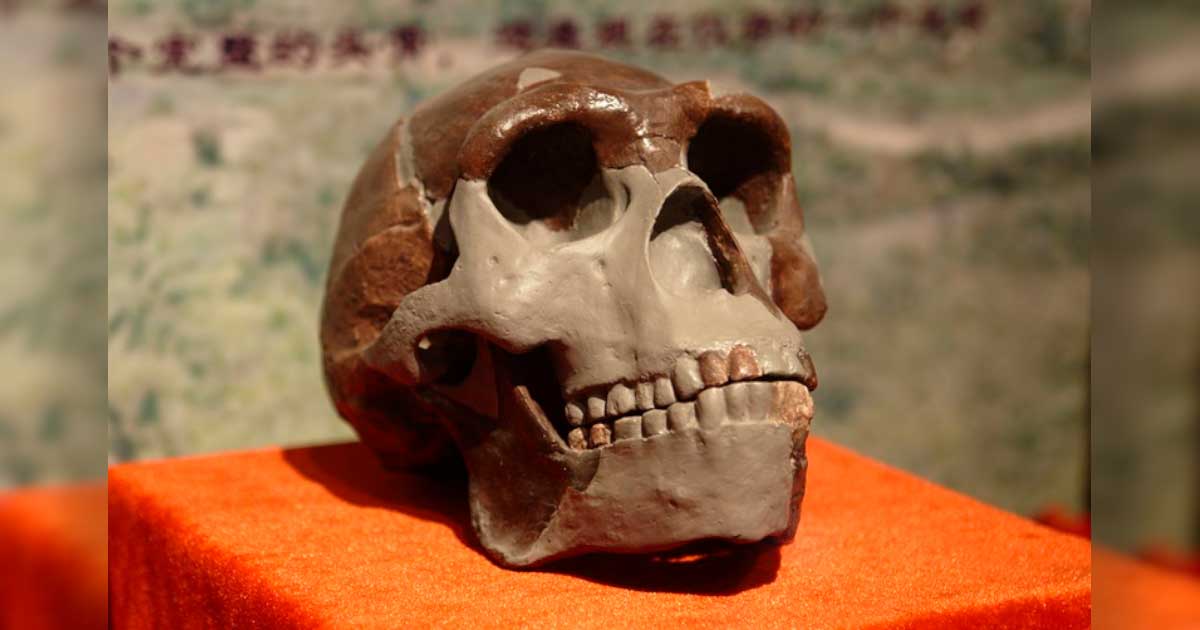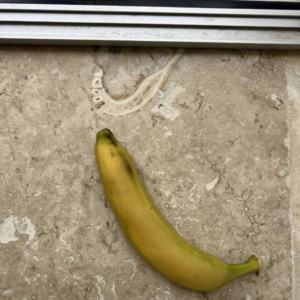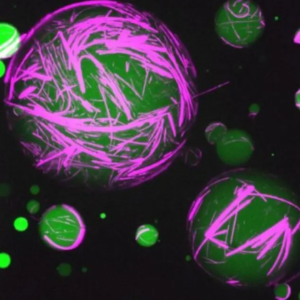The ancient human remains known as the “Peking Man” fossils represent some of the earliest human discoveries in mainland Asia. Their disappearance during World War II marked one of archaeology’s most devastating losses. Now, certain archaeologists claim to have located them, but there’s a catch—they lie beneath a parking lot.

At the sight of the bone, Wenzhong Pei’s heart raced. It was a remarkable fossil, perhaps the most extraordinary ever unearthed. This ancient human skull, unbeknownst to Pei, would soon become central to one of science’s greatest enigmas.
In 1929, Pei conducted excavations in a limestone cave southwest of Beijing, an area renowned for its fossils. Locally known as Dragon Bone Hill, it yielded not only animal bones but also those of ancient humans, among other species.
These discoveries included fragmented remains categorized by scientists as various animals, including hyenas, stags, rhinoceroses, beavers, saber-tooth cats, and notably, ancient humans. The cracked skull, encased in sand and rock and tarnished by half a million years underground, captivated Pei. With other human bones from the cave, it gained fame as “Peking Man,” the first ancient humans found in mainland Asia.
But where are these historically significant fossils now? Their fate remains unknown due to the turmoil of war. With China engulfed in conflict, the fossils vanished, leading to what’s been dubbed archaeology’s most catastrophic loss.
For the past eight decades, scientists have pursued leads worldwide, yet not a single fragment has surfaced. It’s only in recent years that potential clues have emerged, offering hope of solving this enduring scientific mystery.
Named after the outdated term for Beijing, Peking Man actually comprises bones from around forty individuals. They exhibited anatomical traits such as wide noses, weak chins, and shorter stature compared to modern humans, with longer arms indicative of their arboreal past.
Belonging to the Homo erectus species, these fossils are crucial as they represent a pivotal point in hominid evolution, marked by significant advances in intelligence and tool usage. Their disappearance leaves behind only plaster casts and illustrations, depriving scientists of valuable insights into human history.
The bones’ disappearance traces back to 1941, amidst escalating tensions in China due to Imperial Japan’s aggression. Aware of the Japanese desire for cultural treasures, Chinese scientists sought to safeguard the fossils. Efforts to smuggle them out to the United States for safekeeping ultimately failed, culminating in the fossils’ mysterious disappearance.
Camp Holcomb, a U.S. Marine base near Beijing, became the temporary sanctuary for the fossils, but their fate took a dire turn with the outbreak of war. Amidst chaos, the fossils vanished, and subsequent decades of turmoil in China hindered any attempts to trace them.
Rumors abound regarding the fate of the fossils, ranging from burial by marines to disposal by Japanese soldiers. However, none of these rumors have yielded tangible leads.
Decades later, in 2010, a breakthrough occurred when an email recounted Corporal Richard Bowen’s experience at Camp Holcomb in 1947. This revelation reignited the search, leading archaeologists to revisit the site, only to find it transformed into a parking lot, signaling yet another setback in the quest to uncover Peking Man’s fate.
Despite the uncertainty, hope persists, fueled by the possibility of redevelopment that may offer a chance to recover these invaluable fossils. The resilience of Peking Man, having defied astronomical odds in the past, instills optimism that their story may yet have a remarkable conclusion.
News
WNBA Fans Buzz Over “Anne Splashaway” Nickname for Caitlin Clark
Upon witnessing Caitlin Clark’s three-point prowess during the Indiana Fever’s training camp, a WNBA fan took to social media to coin a creative nickname for the 2024 WNBA Draft’s top pick. Inspired by Clark’s sharpshooting skills, the fan cleverly dubbed…
“It wasn’t like this”: Angel Reese notes Clear Distinction in quality between NCAA and WNBA
Angel Reese, a standout college star and 2023 NCAA champion, made waves in the 2024 WNBA draft when she was selected by the Chicago Sky as the seventh overall pick. Since joining the team, Reese has been fully committed to…
“No deposit, no return mindset”: Indiana Fever Coach Establishes Standards for Caitlin Clark, Aliyah Boston, and Co Prior to Season Opener
All eyes are fixed on the Indiana Fever ahead of the 2024 WNBA season, following their acquisition of the highly coveted consensus number one overall pick, Caitlin Clark, in the 2024 WNBA draft. Amidst heightened expectations, head coach Christie Sides…
Dentist Finds What May Be A Prehistoric Human Jawbone Embedded In His Parents’ New Floor
The discovery of a human mandible embedded in travertine flooring during a home renovation in Europe has sparked curiosity and raised questions about its origins. The mandible was noticed by the homeowner’s son, a dentist, who recognized its unmistakable shape….
Researchers Have Successfully Created Artificial Cells That Act Just Like Human Cells
The University of North Carolina at Chapel Hill researchers have achieved a significant breakthrough in biotechnology by engineering artificial cells with life-like behavior using DNA-peptide technology. In their experiment, the team manipulated peptides and genetic material to create cell cytoskeletons,…
LA Sparks 1st Rounder Cameron Brink and Mother Groove to GloRilla’s Beats in Latest TikTok, Sporting $8,600 Hermes Bag
Cameron Brink shares a close bond with her mother, Michelle, often showcased on social media. Recently, they posted a TikTok video dancing to the rhythm of rapper GloRilla’s “Yeah Glo!” In the clip, the former Stanford standout was spotted accessorizing…
End of content
No more pages to load











